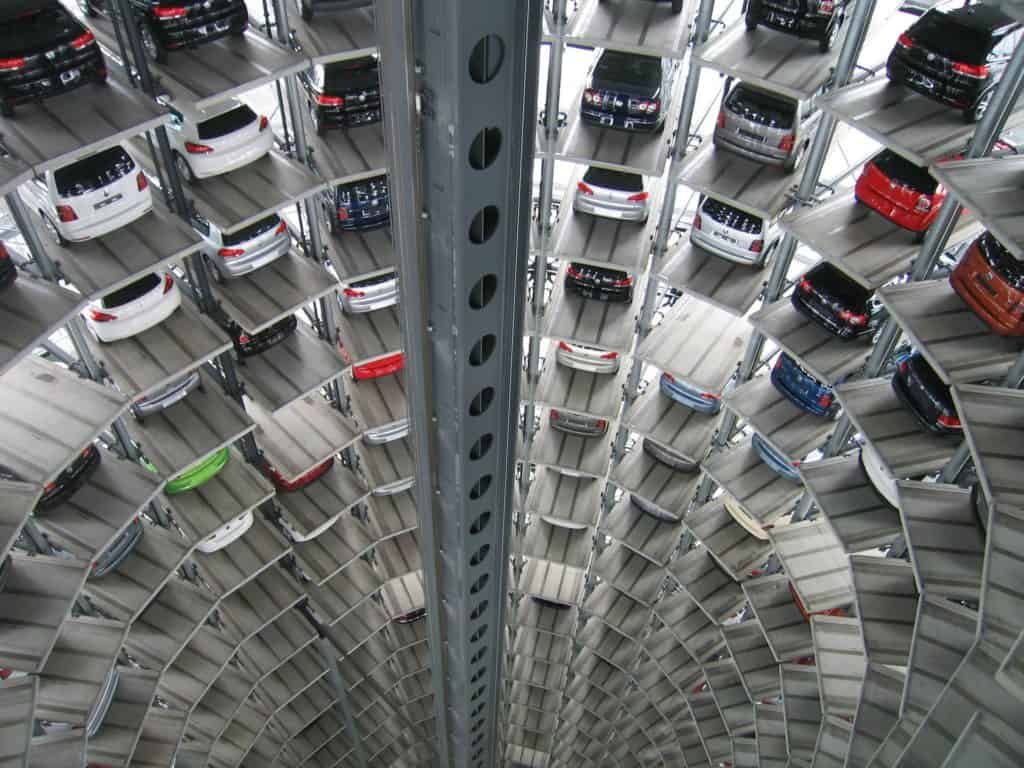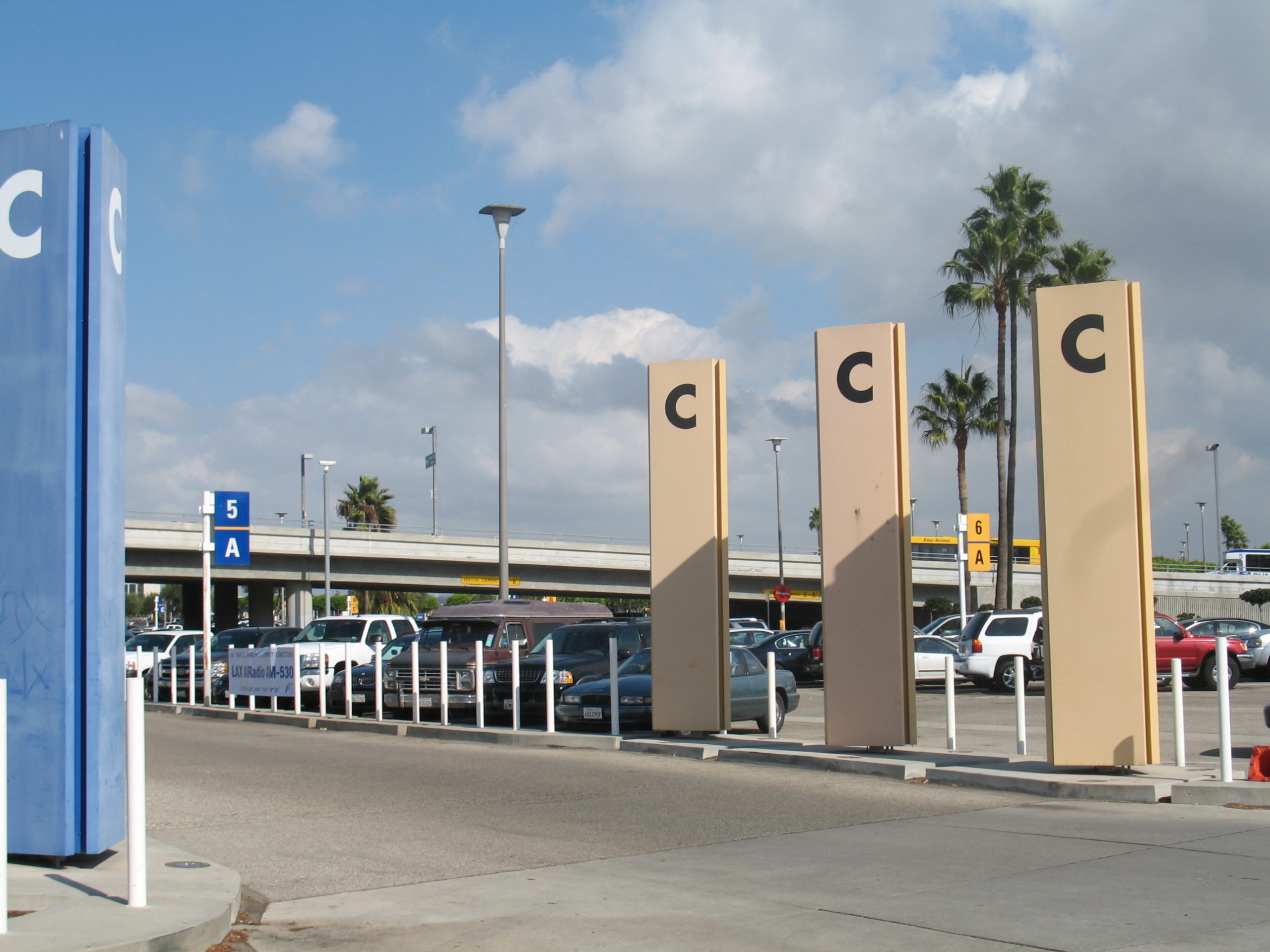Kiss Parking Headaches Goodbye: Your Guide to Automated Parking Systems

Tired of circling the block for a parking spot? Frustrated by the endless search for your car in a crowded garage? Say goodbye to parking woes with the rise of automated parking systems! These futuristic marvels are revolutionizing the way we park, promising a seamless and stress-free experience. But what exactly are automated parking systems, and how do they work? Let’s dive into the world of automated parking and explore how they’re changing the game.
What is Automated Parking?
Related Articles: Kiss Parking Headaches Goodbye: Your Guide to Automated Parking Systems
- Hokie Parking: Navigating The Concrete Jungle
- NYC Parking: Don’t Get Mugged By Meter Madness!
- Park Your Dreams: Why A Diamond Parking Franchise Might Be Your Ticket To Success
- Park It Right: A Guide To Comparing Hotel Parking Services
- Diamond In The Rough: Anchorage Airport Parking That Shines
Automated parking systems, also known as robotic parking systems, are a technological marvel that takes the hassle out of parking. Imagine this: you drive your car into a designated entry point, and a robotic system takes over. The system carefully lifts and transports your vehicle to a designated parking space, all without any human intervention. This process is incredibly efficient, maximizing space utilization and minimizing the risk of damage.
How Does Automated Parking Work?
The magic behind automated parking lies in a complex interplay of technology. Here’s a simplified breakdown:
- Entry Point: You drive your car into a designated entry point, similar to a traditional parking garage.
- Vehicle Identification: Cameras and sensors identify your vehicle, capturing information like its size and weight.
- Automated Retrieval: The system uses a combination of robotic arms, lifts, and conveyors to move your car to an assigned parking space. Think of it like a highly sophisticated conveyor belt system!
- Space Optimization: Automated systems can utilize vertical space more efficiently, stacking cars on multiple levels. This allows for a greater number of parking spaces in a smaller footprint.
- Retrieval: When you’re ready to leave, simply input your information (often through a mobile app or kiosk), and the system retrieves your car, delivering it back to the exit point.

Types of Automated Parking Systems
While the basic principle remains the same, automated parking systems come in various forms, each with its unique features and applications:
- Automated Stacking Systems: These systems are perfect for high-density parking environments. They utilize a vertical stacking mechanism to store vehicles, maximizing space utilization.
- Automated Retrieval Systems: These systems are ideal for large parking garages. They use robotic arms to retrieve and transport vehicles, offering quick and efficient access.
- Automated Parking Garages: These are full-fledged, automated parking facilities that offer a complete parking experience. They typically feature advanced security features and user-friendly interfaces.

Benefits of Automated Parking

The advantages of automated parking systems are numerous, making them a compelling choice for various applications:
- Enhanced Efficiency: Automated systems streamline the parking process, eliminating the need for drivers to search for parking spaces. This translates to reduced parking time and improved traffic flow.
- Space Optimization: Automated systems maximize space utilization, allowing for more parking spaces in a given area. This is particularly valuable in urban environments where space is at a premium.
- Increased Security: Automated systems often include advanced security features, such as surveillance cameras, access control systems, and vehicle tracking. This helps to protect your vehicle from theft and vandalism.
- Reduced Environmental Impact: By optimizing space utilization and reducing traffic congestion, automated parking systems can contribute to a more sustainable urban environment.
- Accessibility: Automated parking systems can be designed to accommodate vehicles of various sizes and types, including those with disabilities.
Applications of Automated Parking
Automated parking systems are finding their way into various applications, revolutionizing the way we park in diverse settings:
- Residential Buildings: Automated parking systems can be incorporated into residential buildings, providing residents with a convenient and secure parking solution.
- Office Buildings: Automated parking systems are becoming increasingly common in office buildings, offering employees a stress-free parking experience.
- Hospitals: Hospitals are adopting automated parking systems to improve accessibility and streamline patient parking.
- Airports: Automated parking systems are being implemented at airports to handle the increasing number of passengers and vehicles.
- Shopping Malls: Shopping malls are utilizing automated parking systems to enhance the customer experience and improve traffic flow.
- Stadiums and Event Centers: Automated parking systems are becoming a popular choice for stadiums and event centers, offering a convenient and efficient parking solution for large crowds.
The Future of Automated Parking
The future of automated parking is bright, with ongoing advancements in technology and increasing demand for smart solutions. Here are some exciting trends to watch:
- Artificial Intelligence (AI): AI is playing a crucial role in optimizing automated parking systems, enabling them to learn from user behavior and adapt to changing conditions.
- Internet of Things (IoT): IoT integration is allowing for seamless communication between automated parking systems and other devices, enhancing connectivity and user experience.
- Autonomous Vehicles: The rise of autonomous vehicles is expected to further drive the adoption of automated parking systems, as self-driving cars will need a sophisticated parking infrastructure.
Concerns and Challenges
While automated parking systems offer numerous benefits, there are also some concerns and challenges to address:
- Cost: Automated parking systems can be expensive to install and maintain, potentially making them less accessible to smaller businesses and individuals.
- Reliability: Ensuring the reliability of automated systems is crucial, as any malfunction could lead to delays and frustration for users.
- Security: Security concerns, such as unauthorized access and data breaches, need to be addressed to ensure the safety of vehicles and user information.
- Accessibility: Making automated parking systems accessible to all users, including those with disabilities, is important for inclusivity.
Conclusion
Automated parking systems are a game-changer in the parking industry, offering a convenient, efficient, and secure parking experience. As technology continues to advance and costs decrease, automated parking systems are poised to become increasingly commonplace, transforming the way we park and navigate urban environments.
FAQ about Automated Parking Systems
Q: Are automated parking systems safe?
A: Automated parking systems are designed with safety as a top priority. They incorporate multiple layers of security, including sensors, cameras, and advanced control systems, to ensure safe operation. However, as with any technology, it’s crucial to choose reputable providers and ensure regular maintenance for optimal safety.
Q: How much does an automated parking system cost?
A: The cost of an automated parking system varies depending on factors such as size, capacity, and technology features. However, it’s generally a significant investment, making it more suitable for larger projects like commercial buildings and parking garages.
Q: Are automated parking systems user-friendly?
A: Modern automated parking systems are designed to be user-friendly. They often feature intuitive interfaces, mobile app integration, and clear instructions to guide users through the parking process.
Q: What are the environmental benefits of automated parking systems?
A: Automated parking systems contribute to a more sustainable urban environment by optimizing space utilization, reducing traffic congestion, and minimizing the need for drivers to circle for parking spots. This translates to lower carbon emissions and a more efficient use of resources.
Q: What is the future of automated parking systems?
A: The future of automated parking is bright, with ongoing advancements in technology and increasing demand for smart solutions. We can expect to see greater integration with AI, IoT, and autonomous vehicles, creating a seamless and efficient parking experience.

Closure
Thus, we hope this article has provided valuable insights into Kiss Parking Headaches Goodbye: Your Guide to Automated Parking Systems. We appreciate your attention to our article. See you in our next article!


